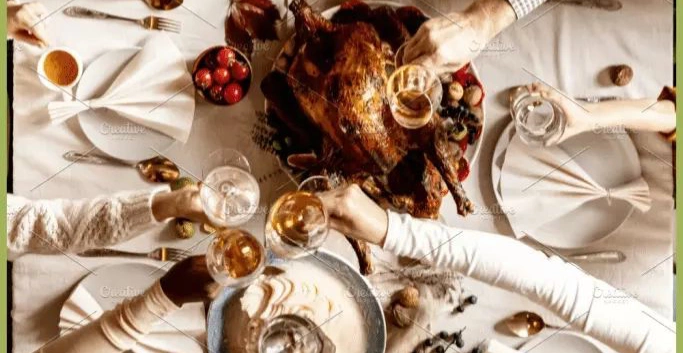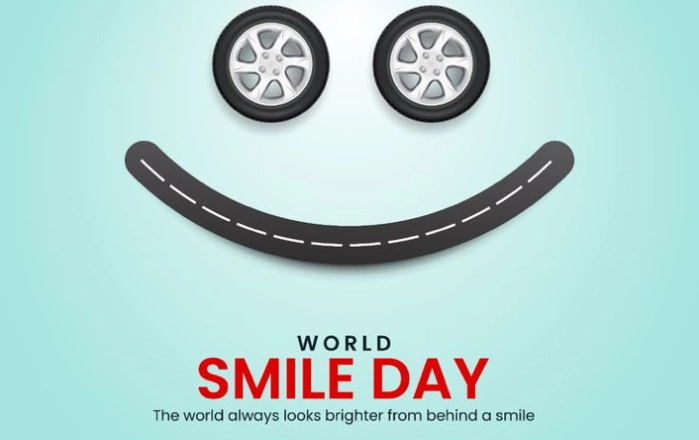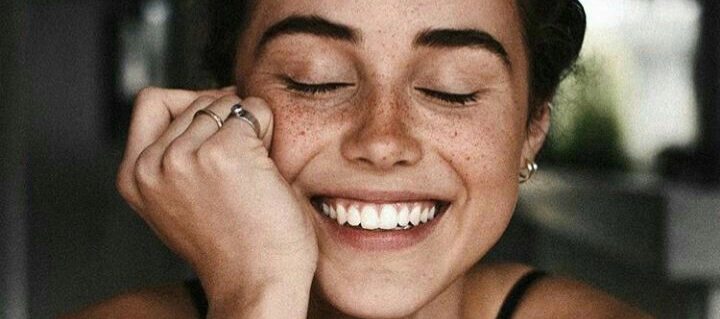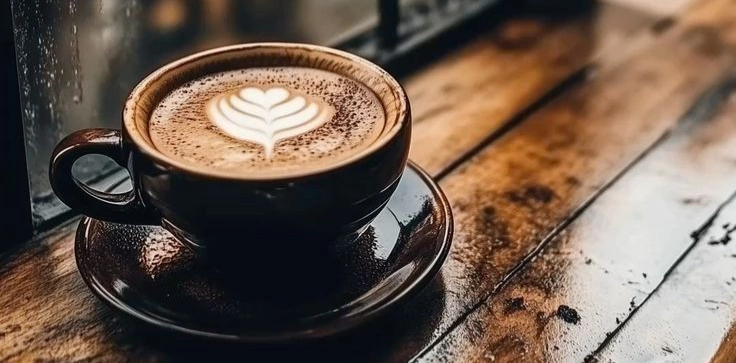fun thoughts Posts on Crowch
In 2025, Riyadh became the global capital of esports by hosting the Esports World Cup 2025, the largest tournament in the industry’s history. With a record-breaking prize pool of over $70 million, the event proved that esports is no longer a niche — it is now a core part of the global sports economy.
💰 Record-Breaking Prize Pool
The scale was unprecedented: 200 teams, 2,000 players, and 25 game titles. The highlight was the Club Championship, with $27 million dedicated to organizations rather than individuals. This structure echoed traditional sports leagues, strengthening the foundation for esports clubs.
📈 Economic Impact
EWC 2025 was both a sporting and economic milestone. Thousands of visitors came to Riyadh, while millions tuned in online. The tournament attracted significant investments, marketing partnerships, and created new revenue models — from streaming and advertising to merchandise and digital products.

🌟 Global Reach and Audiences
Esports has become truly global. By including a wide variety of genres — from shooters and strategy to sports simulations and chess — EWC 2025 appealed to a broad demographic. Esports is now a universal platform where everyone can find their favorite form of competition.
👥 Stars and Media Power
Cristiano Ronaldo and Magnus Carlsen served as iconic ambassadors, boosting the event’s visibility. Broadcasts broke viewership records, while fan culture — cosplay, fan art, and digital communities — turned the tournament into a cultural phenomenon.

🌐 A Strategy for the Future
EWC 2025 was also a cornerstone of Saudi Arabia’s Vision 2030 strategy. By investing in gaming and esports, the nation positioned itself as a hub for culture and innovation. With future initiatives like the Nations Cup and Olympic Esports Games, the industry’s growth looks unstoppable.
✨ Conclusion
The Esports World Cup 2025 proved that esports is more than competition — it is the economy of the future. The event showcased the industry’s readiness for sustainable growth, global integration, and a lasting sporting legacy.
Thanksgiving is one of the most important holidays in the United States and Canada, celebrated on the fourth Thursday of November in the U.S. and the second Monday of October in Canada. It is not just a date on the calendar — it is a symbol of gratitude for harvest, abundance, health, and family.
🌽 Historical roots
The holiday traces back to the 17th century, when the first European settlers, after enduring hardships and hunger, celebrated their first successful harvest with a feast shared with Native Americans. They gave thanks for survival, for help, and for hope. Over time, this tradition became a cornerstone of national culture.
🦃 Symbols of the holiday

The central symbol of Thanksgiving is the turkey, traditionally served with mashed potatoes, sweet potatoes, corn, cranberry sauce, and pumpkin pie. Yet, these dishes represent more than food — they symbolize abundance, care, and family unity.
👨👩👧👦 A holiday of family and togetherness
Thanksgiving is the day families gather around the table. In a modern world full of hurry and distractions, the holiday reminds us of the importance of connection and support. People express gratitude for the past year, for their friends, for love, and for the chance to be together.
💖 Gratitude and good deeds
The meaning of Thanksgiving extends beyond the home. Many communities organize free meals for those in need, run charity events, and support the less fortunate. This spirit of kindness makes the holiday even more profound.

🎉 Modern traditions
Today, Thanksgiving is also marked by parades (most famously Macy’s Parade in New York), football games, and, of course, the beginning of the holiday shopping season with Black Friday. But despite new customs, the essence remains unchanged — gratitude and unity.
✨ Thanksgiving is a celebration that reminds us: to value what we have and to share kindness with others is true strength.
World Smile Day is celebrated annually on the first Friday of October. It was created in 1999 by Harvey Ball, the commercial artist who designed the famous yellow smiley face in 1963. While the smiley quickly became a worldwide symbol of cheerfulness, Harvey worried it was losing its meaning in the rush of commercialization. His solution was simple yet profound: dedicate one day each year to genuine acts of kindness and the spreading of smiles across the globe.
The Power of a Smile
A smile is a universal language that needs no translation. It transcends culture, age, and background, forming an instant human connection. Scientific studies show that smiling can reduce stress hormones, lower blood pressure, and boost mood by triggering the release of endorphins, serotonin, and dopamine. Smiling also has a ripple effect — when you smile, people around you are more likely to smile back, creating a chain reaction of positivity.
Even small, genuine smiles can change someone’s day. They can make strangers feel welcome, turn tense moments into friendly ones, and offer comfort without a single word.
How the Day is Celebrated

On World Smile Day, people are encouraged to do something kind for someone else, no matter how small. It might mean holding the door for a stranger, offering a compliment, helping someone carry groceries, or sending a thoughtful message. Schools and workplaces often organize creative activities — like smile challenges, thank-you card projects, or charity fundraisers — to spread joy within their communities.
Charities and non-profit organizations also use the occasion to raise awareness and funds for important causes. In doing so, World Smile Day becomes more than a feel-good event — it becomes a vehicle for real change.
Why It Matters
In a fast-paced world where stress, conflict, and negative news dominate the headlines, World Smile Day serves as a gentle reminder: kindness and human connection are still within our control. A smile may seem small, but it can spark meaningful interactions, inspire generosity, and lift the spirits of both the giver and the receiver.
Harvey Ball once said, “The smiley face knows no politics, no geography, and no religion.” In other words, kindness is for everyone, everywhere.
Ways to Celebrate World Smile Day

- Smile at at least five strangers and notice their reaction.
- Write a kind note or message to someone you appreciate.
- Share uplifting content on social media.
- Volunteer for a community project or make a charitable donation.
- Tell a funny story or joke to make someone laugh.
- Spend time with someone who might be lonely or going through a difficult time.
A Lasting Legacy
The beauty of World Smile Day is that it doesn’t require big gestures or expensive gifts — just a willingness to brighten someone’s day. A smile costs nothing but can be worth everything to the person who receives it.
This first Friday of October, take the challenge to perform at least one act of kindness. Share your smile freely, and you may find that the world smiles back at you.
Every year on October 1st, people around the globe mark World Vegetarian Day, a celebration of plant-based eating and its benefits for health, the environment, and animal welfare. Established in 1977 by the North American Vegetarian Society, the day encourages individuals to explore the possibilities of a diet centered around fruits, vegetables, grains, legumes, nuts, and seeds.
Health Benefits of a Vegetarian Diet

A well-balanced vegetarian diet can lower the risk of heart disease, high blood pressure, type 2 diabetes, and certain cancers. It is often rich in fiber, antioxidants, vitamins, and minerals, while lower in saturated fats. For many, adopting vegetarian meals means more energy, improved digestion, and better overall wellness.
Environmental Impact
Choosing plant-based meals is not only good for your health but also for the planet. Livestock farming is a major contributor to greenhouse gas emissions, deforestation, and water consumption. By reducing or eliminating meat, individuals can significantly decrease their ecological footprint. A single vegetarian meal can save gallons of water and reduce carbon emissions compared to a meat-based one.

Animal Welfare
At the heart of vegetarianism is compassion for animals. Many choose this lifestyle to avoid contributing to the suffering and exploitation of animals raised for food. World Vegetarian Day serves as a reminder that every meal is an opportunity to make a humane choice.
How to Celebrate
- Try cooking a new vegetarian recipe at home.
- Visit a vegetarian or vegan restaurant.
- Learn about nutrition to ensure balanced plant-based meals.
- Share your favorite vegetarian dish with friends or family.
- Commit to a “Meatless Monday” or a week of plant-based eating.
World Vegetarian Day is not about judgment or restriction — it’s about curiosity, compassion, and making choices that benefit both ourselves and the world around us. Whether you are a lifelong vegetarian or simply curious about reducing meat in your diet, this day is a perfect opportunity to take a step toward healthier, more sustainable living.
For millions of people, the day doesn’t truly begin until the first sip of coffee. More than just a source of caffeine, coffee is a ritual — a moment of calm, anticipation, and connection. Whether it’s brewed at home, grabbed on the way to work, or shared with friends at a favorite café, coffee shapes the rhythm of our lives.
A Morning Tradition Across the World

In Italy, the day often starts with a quick, rich espresso at the counter. In Sweden, “fika” — a coffee break with pastries — is a cherished social tradition. In Ethiopia, coffee ceremonies can last for hours, involving roasting, grinding, and brewing fresh beans in front of guests. Each culture has found its own way to weave coffee into daily life.
This universal love for coffee highlights its role as both a personal pleasure and a communal experience. The aroma of freshly brewed coffee signals comfort to some, productivity to others, and creativity to many.
The Science Behind the Brew
Coffee is a complex drink, containing over 800 aromatic compounds. Its flavor depends on the origin of the beans, how they were processed, and how they are brewed. Lighter roasts may highlight bright, fruity notes, while darker roasts bring out deeper, smoky flavors. Brewing methods — such as espresso, pour-over, French press, or cold brew — further influence the taste and mouthfeel.

Even the water quality and brewing temperature can transform the flavor, which is why coffee lovers experiment endlessly to find their perfect cup.
Beyond Taste — The Coffee Economy
The coffee industry supports more than 25 million smallholder farmers around the world. Many rely on coffee as their primary source of income, yet face challenges from climate change, pests, and fluctuating global prices. Sustainable coffee initiatives aim to secure fair wages for farmers, improve working conditions, and protect the environment.
Consumers can make a difference by choosing coffee that carries certifications like Fair Trade, Organic, or Rainforest Alliance, ensuring that their daily ritual supports ethical and eco-friendly practices.
Coffee as a Moment of Connection
Perhaps coffee’s greatest gift is the way it brings people together. A shared pot in the office, a long conversation in a quiet café, or simply offering a guest a cup — coffee is a bridge between people, offering warmth and hospitality.
Your Coffee Story
Celebrating coffee can mean trying a new origin, experimenting with brewing techniques, or simply slowing down to savor each sip. Every cup is part of a global story — one that connects you to farmers, roasters, baristas, and countless other coffee lovers across the world.
So tomorrow morning, when you take that first sip, remember: coffee isn’t just how you start your day — it’s how the world starts together.
For years, my suitcase looked like a fabric explosion—random piles, stray scarves, and the eternal question: “Did I really need three sweaters?” Then I discovered compression cubes. They’re like little magic boxes where chaos turns into calm.
Folding clothes like paper planes, nestling socks into shoes, and rolling everything just right isn’t just about saving space—it’s a ritual. I find a strange kind of satisfaction in the symmetry, the neat stacks, the promise that my suitcase won’t explode the moment I zip it shut.
Plus, it means I get to travel with intention. No frantic last-minute decisions, no “Where’s my other glove?” moments. Just elegance packed with efficiency. It’s like turning travel into a quiet art form, one fold at a time.
If you ever see me unpacking in a hotel room with surgical precision, know this: I’m practicing the ancient and mysterious craft of suitcase origami.
Space travel feels like a dream wrapped in science fiction—a place for astronauts and thrill-seekers, not someone who gets dizzy tying her shoes. But then I imagine something wildly unexpected: a steaming cup of espresso brewed by solar flares, the universe’s own barista. Suddenly, space doesn’t feel so distant or cold.
It’s funny how small comforts ground us, even when we’re talking about planets millions of miles away. The idea of sipping coffee while floating in a gravity-free yoga dome? Or wandering dusty hiking trails with a camera ready to catch the perfect cosmic shot? That’s the kind of invitation that makes me think: maybe I *could* do this.
Space exploration doesn’t have to be about giant leaps or heroic missions. It can be about finding beauty and ritual in the unknown, bringing a little warmth and humor to the vastness. After all, if I can find a moment of calm and a good cup of coffee anywhere, why not off Earth?
Until then, I’ll keep dreaming—and maybe perfect my latte art.
I never considered myself “sporty.” I’m more the type who trips over flat surfaces than sprints toward finish lines. But watching archers—how calm, how deliberate—they fascinated me. One move. One breath. One shot.
Inspired, I started bringing that into my daily routine. Not the bow and arrow, of course, but the mindset. Instead of forcing long workouts, I carve out a moment of calm precision—whether it’s a slow stretch, a mindful breath, or simply focusing on one task without distraction.
It’s oddly satisfying. The rest of the day feels less chaotic when I know I’ve nailed that one intentional act. The energy I gain isn’t from burning out but from centering myself. Like an archer’s shot, it’s about quality, not quantity.
I’m no Olympian, but I’ve found a pace that fits my rhythm—and honestly, that feels like a win.
I never thought I’d get sentimental about dirt, but here we are. When I started composting, it felt like a chore—just another thing to do between coffee and emails. But then I gave my worms names. Mildred, Stan, and a particularly lively one I call Disco.
Suddenly, composting wasn’t about waste. It was about companionship. I’d check the bin like a worried aunt, poke at the pile and whisper encouragement. It’s strange, I know. But those little critters started feeling like partners in an ongoing, slow-moving project to make the earth a bit better.
It’s not about perfection or saving the planet in a day. It’s about small rituals that make sustainability personal and even a little fun. Like writing haikus for shower timers or turning leftover soup into a new adventure. The worms remind me that growth happens in the slow, unseen moments.
And honestly? I think they appreciate the company.
I used to treat weekends like a sprint—get all the chores done, catch up on reading, maybe squeeze in a workout. But then I started carrying my sketchbook to yoga class. Weird, right? One hand on the mat, the other holding a pen.
There’s something about moving slowly and then capturing that motion on paper that changes everything. It’s like my body and brain finally agree to talk. I stretch into a pose, then sketch the lines and colors it stirred inside me. It’s messy, imperfect, and absolutely freeing.
Weekends became less about “doing” and more about “being”—being in my body, my mind, my space. The stretching loosens tension, the sketching untangles thoughts. Together, they create a rhythm that carries me through the day with less noise and more flow.
I’ve noticed it spills over into everything else: my home feels calmer, my ideas come easier, and even chores turn into small performances. It’s not about being an artist or an athlete—it’s about finding balance in the in-between moments.